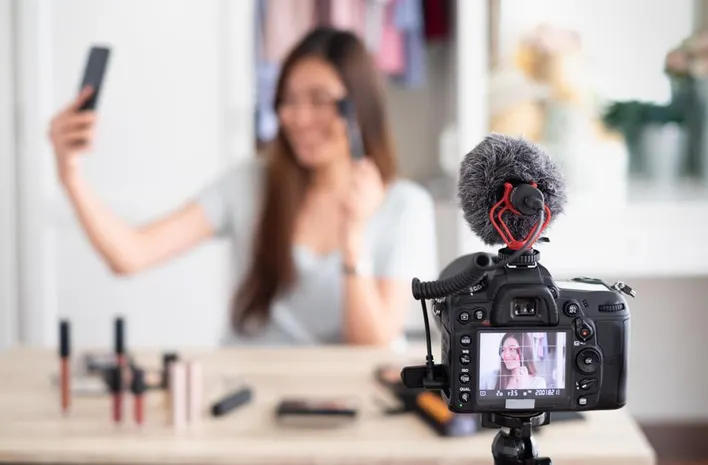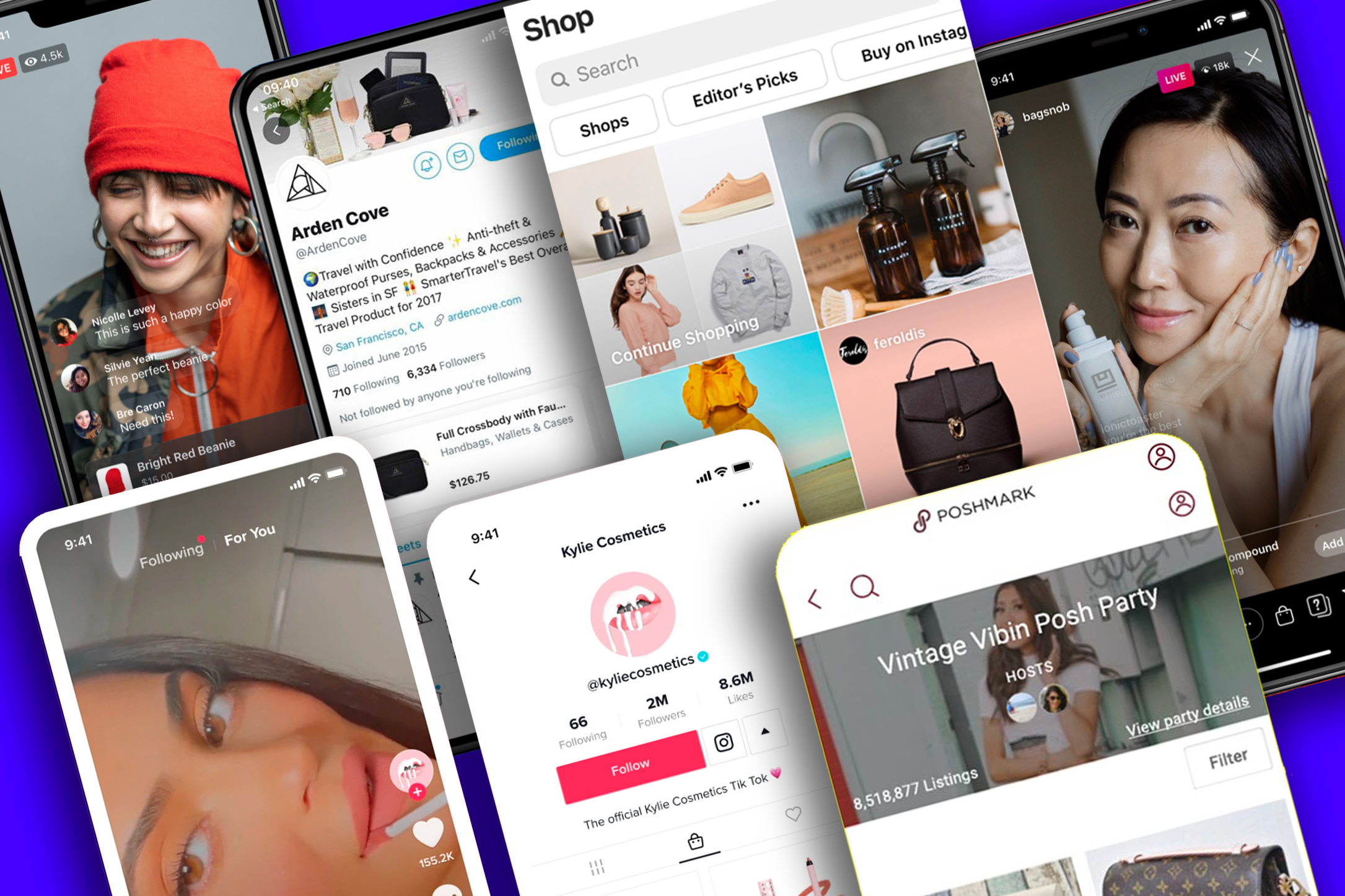Micro-Influencers vs Macro-Influencers: Which is Better?

In the dynamic world of digital marketing, choosing between micro-influencers and macro-influencers can make or break your campaign. Discover the pros and cons of each to make an informed decision.
Understanding Micro-Influencers and Macro-Influencers
Micro-influencers typically have a smaller following, usually between 1,000 to 100,000 followers. They are known for their highly engaged audiences and deep connections within niche communities. Their authenticity and relatability often make them trusted voices among their followers.
On the other hand, macro-influencers have a larger following, often exceeding 100,000 followers and sometimes reaching into the millions. They usually have a broader appeal and are often celebrities or well-known figures in their industry. While they offer extensive reach, their engagement rates might be lower compared to micro-influencers.
Reach and Engagement: A Comparative Analysis
When it comes to reach, macro-influencers undeniably have the upper hand. Their vast follower base allows for extensive visibility, making them ideal for large-scale brand awareness campaigns. However, this doesn't always translate to high engagement.
Micro-influencers, despite their smaller reach, often boast higher engagement rates. Their followers are usually more active and invested in their content, leading to more meaningful interactions. This makes micro-influencers particularly effective for campaigns that prioritise engagement over sheer reach.
Cost-Effectiveness and ROI Considerations
Macro-influencers typically come with a higher price tag due to their extensive reach and celebrity status. This can be a significant investment, but it can pay off if the campaign is designed to leverage their broad audience effectively.
Micro-influencers, on the other hand, are generally more cost-effective. Their lower fees, combined with high engagement rates, often yield a better return on investment (ROI) for brands, especially those targeting specific niches or local markets.
Target Audience and Niche Relevance
Micro-influencers often excel in niche markets. Their content is usually highly specialised, making them perfect for brands looking to reach a specific target audience. Their deep understanding of their niche allows for more authentic and relevant content.
Macro-influencers, while broader in their appeal, can still be effective for targeting specific demographics, especially if they have a strong presence in a particular industry. However, their content may not always resonate as deeply with niche audiences compared to micro-influencers.
Making the Right Choice for Your Brand
Choosing between micro-influencers and macro-influencers depends largely on your campaign goals, budget, and target audience. If your primary aim is to build brand awareness on a large scale, macro-influencers might be the way to go. However, if you are looking to drive higher engagement and connect with a specific niche, micro-influencers could offer more value.
Ultimately, the right choice will vary from one brand to another. By understanding the unique strengths and limitations of both types of influencers, you can make a more informed decision that aligns with your marketing objectives.


